.avif)
.avif)
In e-commerce, attracting new customers is always exciting, but the real key to sustainable growth lies in keeping them coming back. Keeping current customers is both more affordable and vital for sustaining long-term business growth. In fact, the average customer retention rate is around 75% in the US, proving how much potential lies in nurturing loyal buyers rather than constantly chasing new ones.
However, today’s customers expect more. They want personalized, seamless, and engaging experiences every time they interact with a brand. That’s where customer retention automation steps in. By taking over repetitive tasks, delivering tailored communication, and streamlining engagement, these tools make it easier to build lasting connections without piling extra work on your team.
In this blog, we’ll break down everything you need to know about customer retention automation, from the best tools available to must-have features and strategies, so you can strengthen relationships and scale your business with confidence.
At a Glance:
- Customer retention automation enhances engagement by streamlining workflows and personalizing communication, driving long-term loyalty without extra manual effort.
- AI and predictive analytics empower businesses to identify at-risk customers and take proactive actions to reduce churn and increase retention.
- Segmentation allows brands to tailor content and offers, ensuring messages resonate with the right customers at the right time.
- Automating loyalty programs and multi-channel communication ensures consistent, personalized customer experiences across all touchpoints.
- Implementing a robust retention automation strategy requires careful planning, the right tools, and continuous optimization for sustained success.
What is Customer Retention Automation?
Customer retention automation involves using software to create automated processes and workflows that nurture and engage customers to encourage repeat business. This process can include sending targeted emails, offering personalized rewards, running loyalty programs, and even implementing AI-driven personalization based on a customer's behavior.
By automating these tasks, businesses can maintain a high level of engagement without requiring a large team. This not only increases customer retention but also enhances Customer Lifetime Value (CLV).
What are the Key Benefits of Retention Automation?
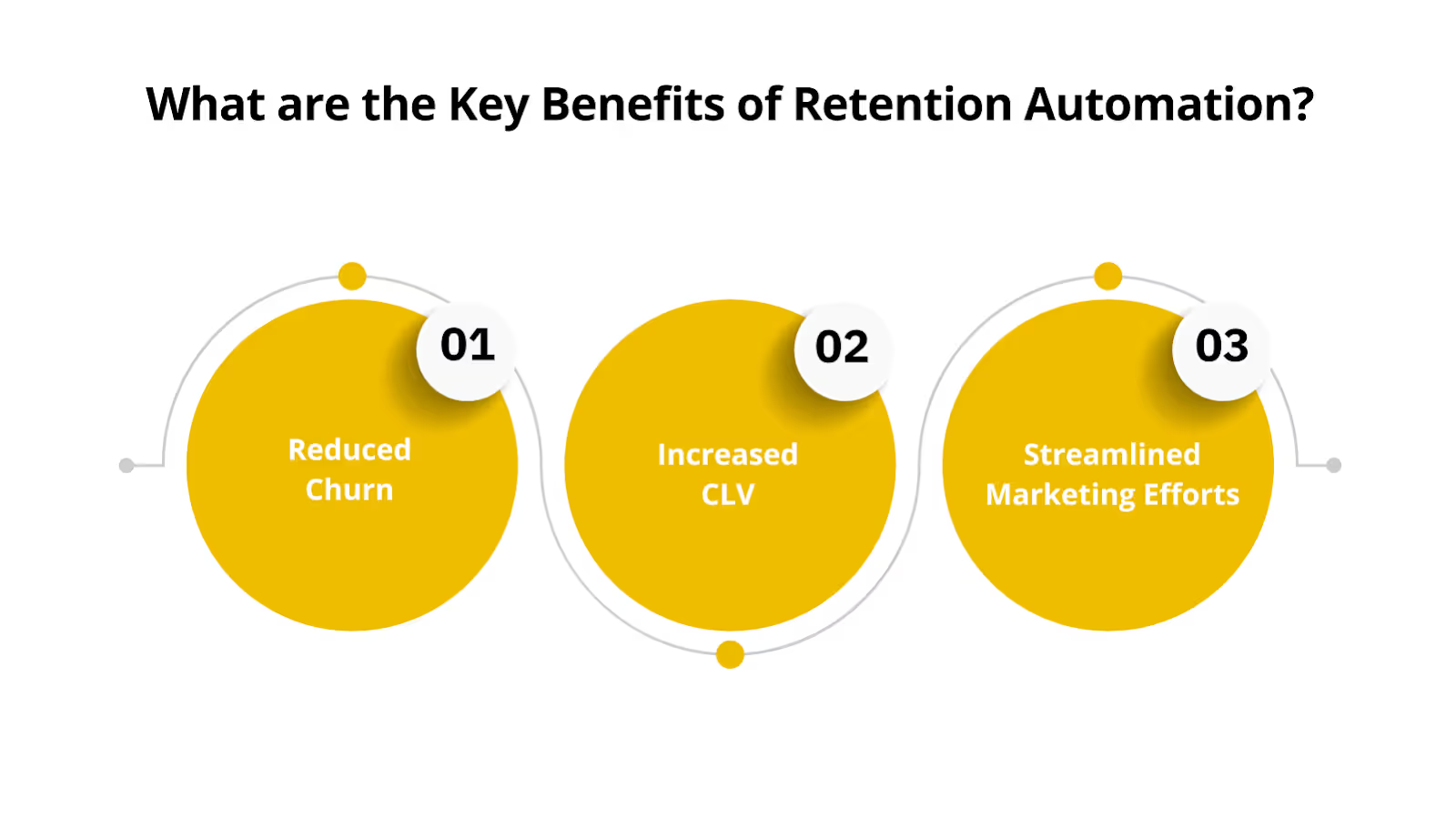
Retention automation drives significant improvements in customer loyalty by reducing churn, increasing lifetime value, and optimizing marketing efforts. It helps businesses scale engagement without increasing resources.
- Reduced Churn: Proactively engaging at-risk customers through automated emails, reminders, and personalized offers ensures timely interventions, reducing the likelihood of customer departure and fostering long-term loyalty.
- Increased CLV: By keeping customers engaged with targeted content and timely rewards, retention automation encourages repeat purchases, enhances customer satisfaction, and builds lasting relationships that drive lifetime value.
- Streamlined Marketing Efforts: Automation simplifies repetitive tasks like loyalty tracking, re-engagement emails, and personalized recommendations, freeing up time for teams to focus on higher-level strategy while maintaining consistent communication with customers.
Also Read: Enhancing Customer Retention with Personalized Marketing Strategies
What are the Core Features of Retention Automation Tools?

Retention automation tools are essential for boosting customer loyalty. They automate key processes, personalize interactions, and enhance engagement at scale, driving long-term retention. Let’s explore how these features work.
1. Segmentation & Personalization
Segmentation and personalization are at the core of customer retention. With automation, businesses can segment their audience based on their behaviors, preferences, demographics, or purchasing patterns. This ensures that customers receive only relevant content and offers.
Here’s how they provide value:
- Targeted Campaigns: Deliver personalized messages, promotions, and content based on customer data.
- Behavioral Tracking: Track customer interactions across various touchpoints to better understand engagement patterns.
2. AI & Predictive Analytics
AI-driven solutions use predictive analytics to analyze customer behavior and anticipate their future actions. By analyzing historical data, these tools help spot customers likely to churn and can automatically initiate retention strategies.
Here’s how they provide value:
- Churn Prediction: Use AI to identify at-risk customers based on their interaction patterns and send them relevant offers or reminders to retain them.
- Personalized Recommendations: Deliver product recommendations based on previous purchases and browsing history.
3. Loyalty Program Automation
Loyalty programs are a great way to keep customers engaged and incentivized to return. The global market for loyalty management is projected to reach USD 20.44 billion by 2030, with a compound annual growth rate (CAGR) of 8.7% from 2025 to 2030. Thus, automating loyalty rewards helps scale these programs, creating dynamic and personalized rewards systems.
Here’s how they provide value:
- Tiered Rewards: Automate the management of loyalty tiers (e.g., Silver, Gold, Platinum) based on customers’ purchase behaviors or milestones.
- Incentives: Automatically reward customers with discounts, free products, or exclusive offers when they reach loyalty milestones.
4. Multi-Channel Engagement
Automating communication across various channels ensures that customers receive timely messages via their preferred platforms, whether through email, SMS, in-app notifications, or social media.
Here’s how they provide value:
- Omnichannel Experience: Engage customers on their preferred platform at the right time with relevant content.
- Consistent Communication: Automate messages across all touchpoints, ensuring a consistent customer experience.
By combining segmentation, AI insights, loyalty automation, and multi-channel engagement, these tools ensure every customer interaction adds value. The result: higher retention, increased repeat sales, and measurable growth.
What are the Top Customer Retention Automation Tools?
The market, today, offers numerous tools that cater to different retention needs. Below are the top tools used by businesses to automate their customer retention efforts.
1. Nector

Nector offers a tailored loyalty and rewards program automation tool, designed to help businesses create personalized and scalable loyalty experiences. By automating loyalty rewards, businesses can increase customer engagement, foster repeat purchases, and build long-term customer relationships.
Key Features Include:
- Customizable Loyalty Programs: Create and automate loyalty rewards systems that are aligned with your brand and customer behaviors.
- Points-Based Rewards: Automates the accumulation and redemption of loyalty points to incentivize repeat purchases and customer engagement.
- Tiered Loyalty: Automates different loyalty tiers to reward customers based on their spending behavior, driving increased engagement and retention.
Nector is ideal for e-commerce and retail businesses looking to implement and automate customer loyalty programs to increase repeat business and strengthen customer relationships.
Also Read: Top Retail Brands with the Best Customer Loyalty Programs in 20251.
2. HubSpot

HubSpot is an all-in-one marketing, sales, and service platform designed to help businesses automate their marketing efforts, retain customers, and scale efficiently. Its CRM integration provides valuable insights, allowing businesses to create personalized experiences at every customer touchpoint.
Key Features Include:
- Marketing Automation: Automate email marketing campaigns, blog posts, and social media management for seamless customer outreach.
- CRM Integration: Centralizes customer data, enabling better segmentation and personalized marketing strategies.
- Customer Segmentation: Create highly targeted campaigns based on customer behavior, lifecycle stage, and engagement patterns.
HubSpot is ideal for SMBs and mid-sized businesses seeking a comprehensive platform to streamline marketing automation and drive retention without needing a large team.
3. Zendesk
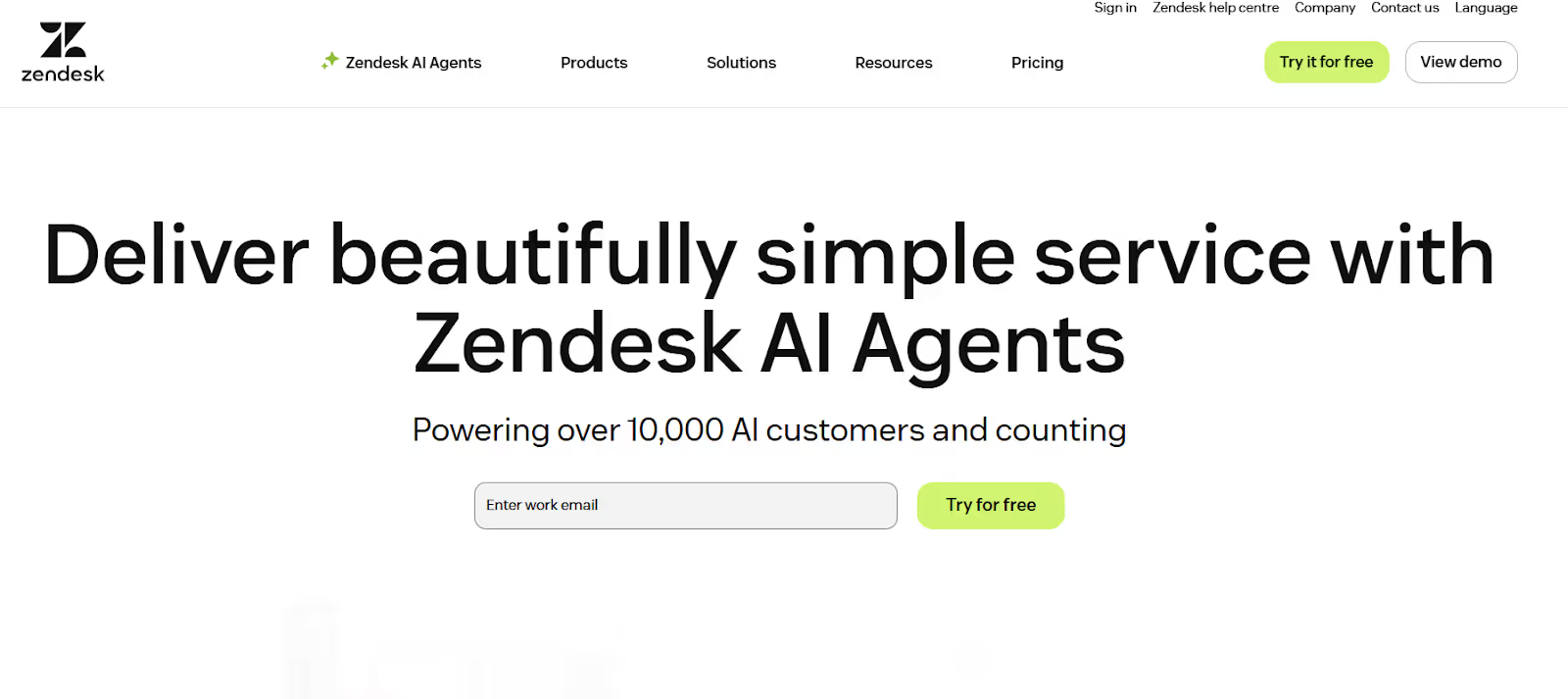
Zendesk is a customer service platform that helps businesses automate and streamline their support workflows. With its multi-channel capabilities, businesses can engage with customers seamlessly across email, chat, and social media to resolve issues quickly and efficiently.
Key Features Include:
- Customer Support Automation: Automates responses to common customer queries using chatbots and self-service knowledge bases.
- Ticketing System: Manages and tracks customer support tickets to ensure timely resolution of issues.
- Multi-Channel Support: Engage with customers across multiple channels, email, chat, and social media, from a single platform.
Zendesk is perfect for businesses looking to automate their customer support workflows, improve response times, and ensure consistent engagement without overwhelming their support teams.
4. Userpilot
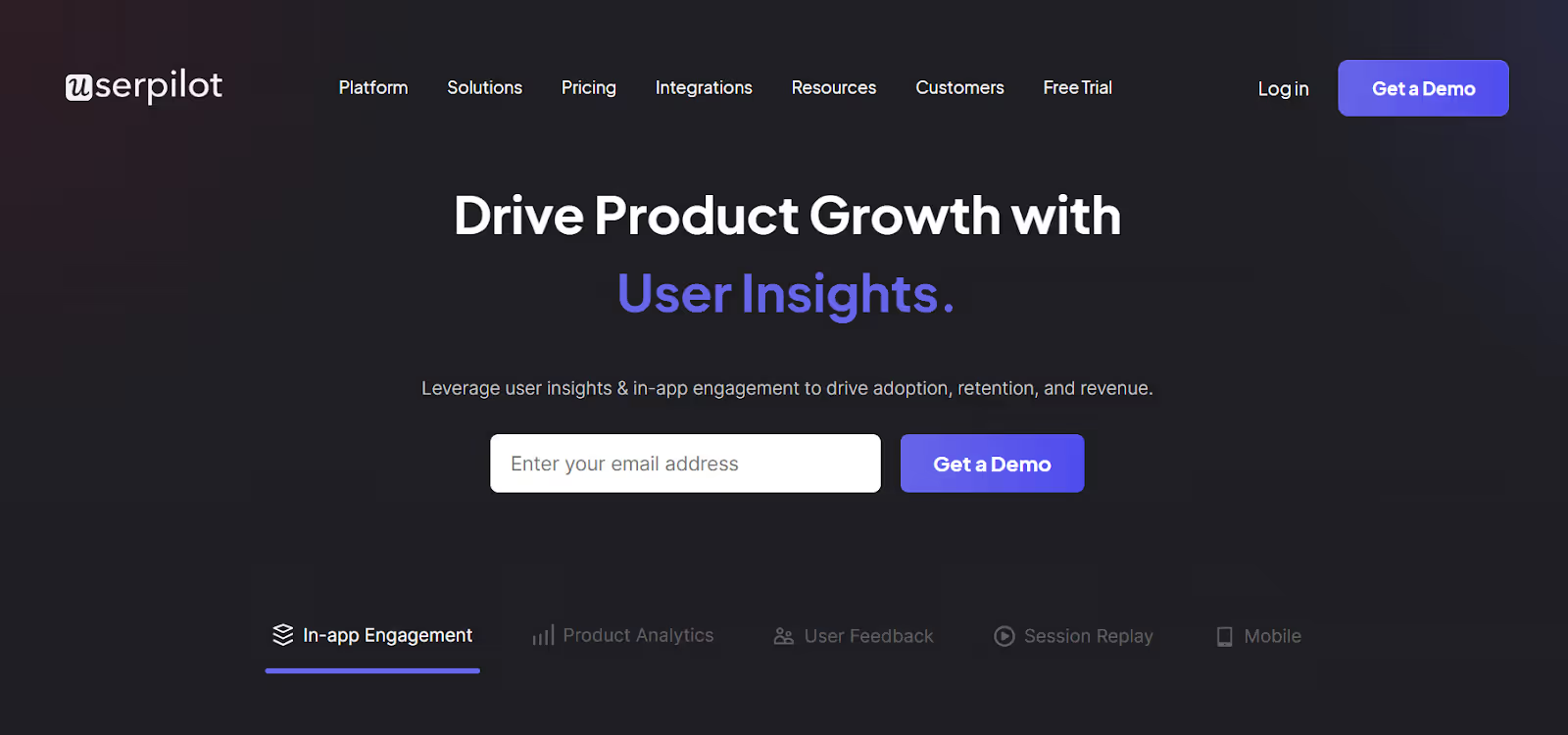
Userpilot focuses on automating in-app messaging and user onboarding to increase product adoption and retention. By automating personalized engagement, SaaS companies can improve user experience and ensure their customers stay active and engaged.
Key Features Include:
- In-App Engagement: Automates in-app messaging, product tours, and onboarding to improve user retention and product adoption.
- User Segmentation: Automatically segments users based on their actions within the app, enabling targeted communication.
- Behavioral Tracking: Monitors how users interact with your product and triggers relevant engagement actions accordingly.
Userpilot is ideal for SaaS businesses looking to automate personalized in-app experiences that drive user engagement and retention, enhancing product adoption.
5. Mixpanel
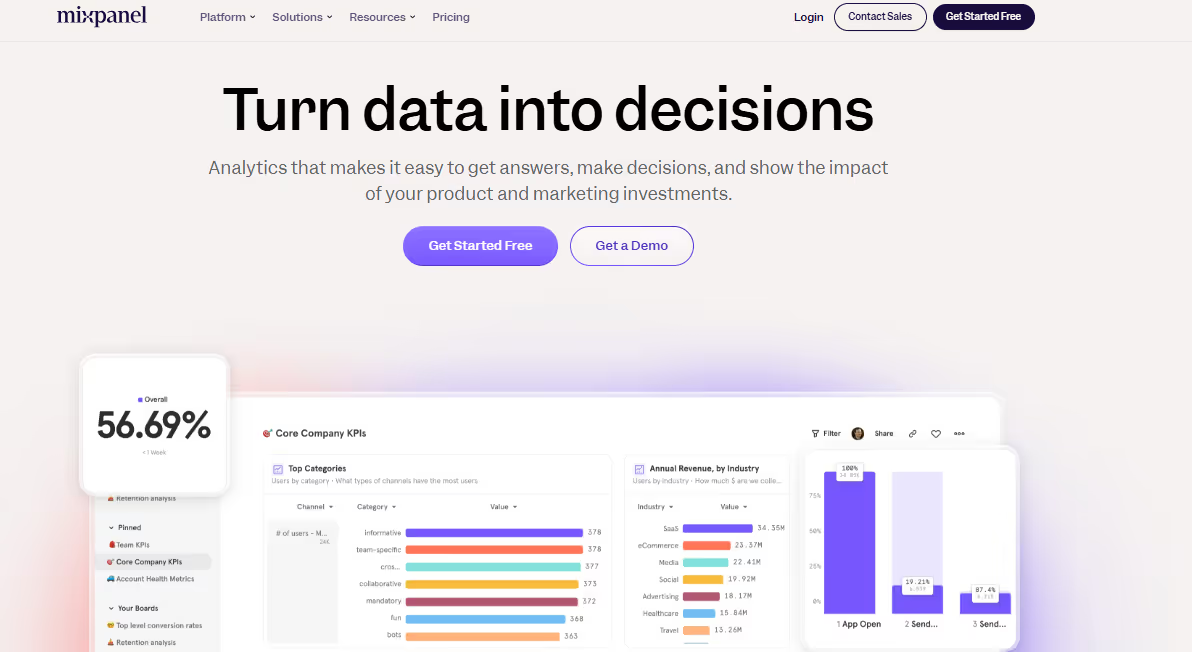
Mixpanel is a powerful analytics tool that tracks user behavior and provides insights to help businesses improve user retention. It allows businesses to understand customer journeys, test different retention strategies, and personalize interactions based on data.
Key Features Include:
- Product Analytics: Tracks customer behaviors and provides insights into user retention over time, enabling businesses to optimize their retention strategies.
- A/B Testing: Allows businesses to conduct experiments and compare different retention strategies to identify the most effective ones.
- Segmentation: Segments users based on specific actions or events to send targeted, behavior-driven retention messages.
Mixpanel is perfect for data-driven businesses that need to gather detailed analytics and insights into user behavior, allowing them to automate and optimize retention strategies based on real-time data.
6. Salesforce
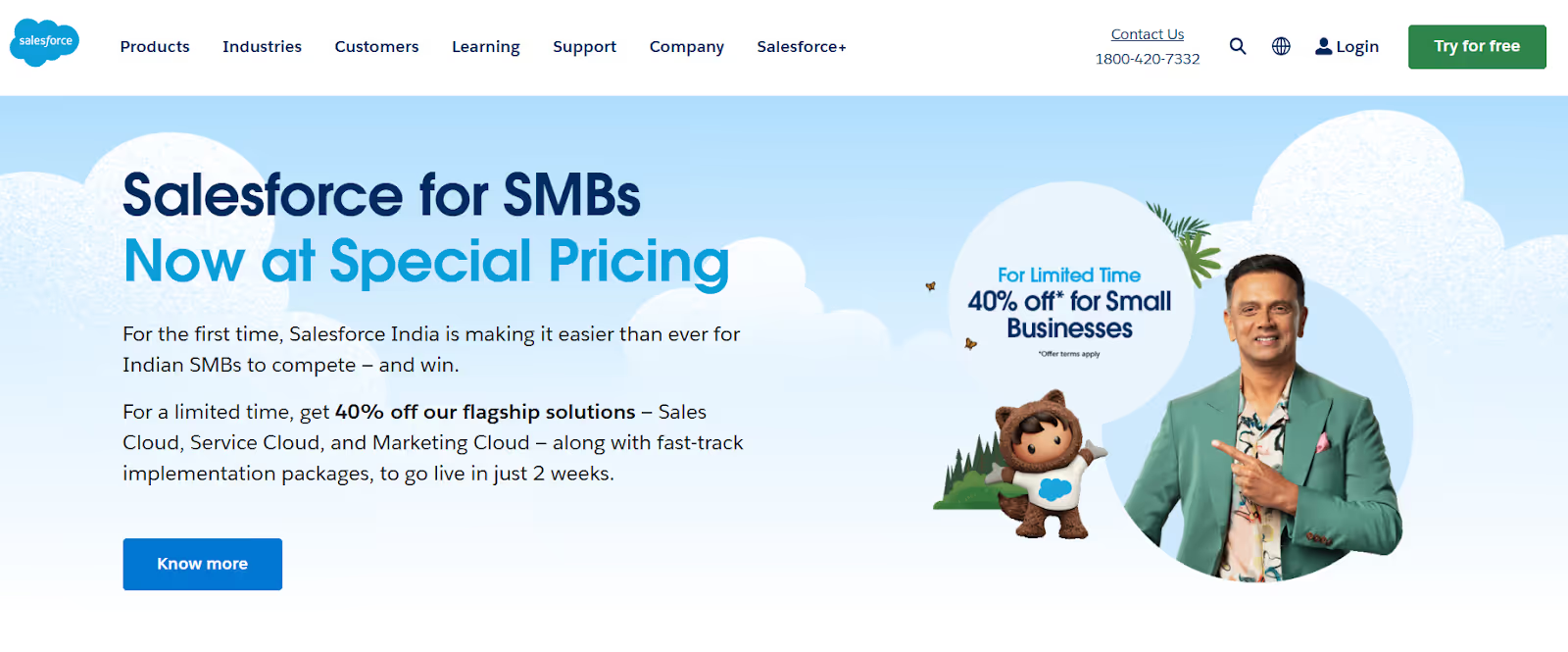
Salesforce is a leading CRM platform that enables businesses to automate and personalize customer interactions. With its powerful automation features, Salesforce helps businesses scale their customer retention strategies by providing a unified view of customer data.
Key Features Include:
- CRM Automation: Automates customer journeys, follow-ups, and personalized communications across various touchpoints.
- Customer Segmentation: Utilizes advanced segmentation tools to target the right customer with the right message, ensuring relevant interactions.
- Analytics & Reporting: Provides comprehensive reports and insights into the performance of retention efforts, helping businesses fine-tune their strategies.
Salesforce is ideal for large enterprises that need a robust solution to automate customer retention and manage customer relationships across multiple teams and departments.
7. Klaviyo
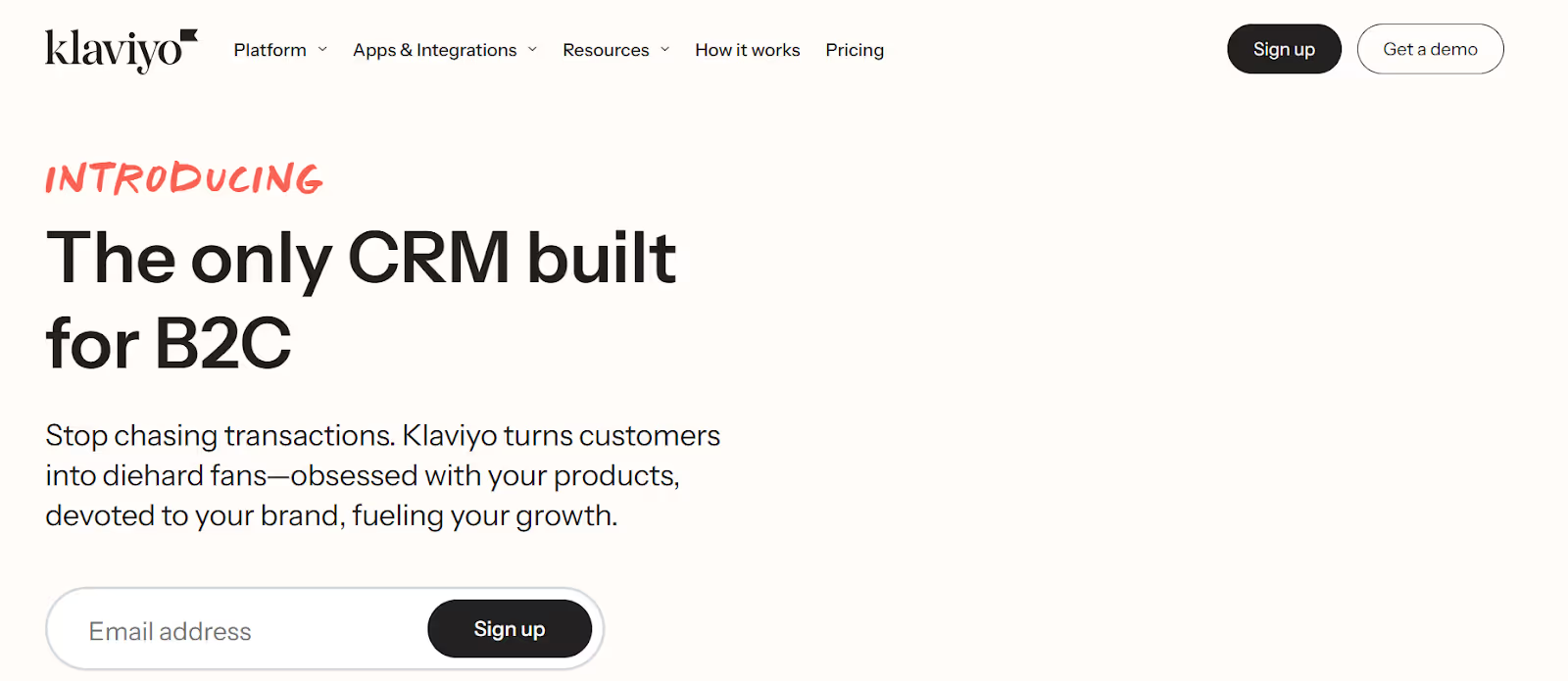
Klaviyo is an advanced email and SMS marketing platform designed specifically for e-commerce businesses. It helps brands automate personalized communications based on customer actions, enabling better customer retention and higher conversion rates.
Key Features Include:
- Email & SMS Marketing Automation: Create personalized email marketing campaigns and SMS campaigns triggered by customer actions, such as cart abandonment or post-purchase follow-ups.
- Advanced Segmentation: Automate segmentation based on customer behavior, demographics, and purchasing history to deliver highly targeted messaging.
- Behavior-Based Triggers: Trigger automated messages when customers perform specific actions, ensuring timely and relevant engagement.
Klaviyo is perfect for e-commerce businesses using Shopify or BigCommerce to automate email and SMS campaigns, driving retention and increasing customer lifetime value.
8. ActiveCampaign
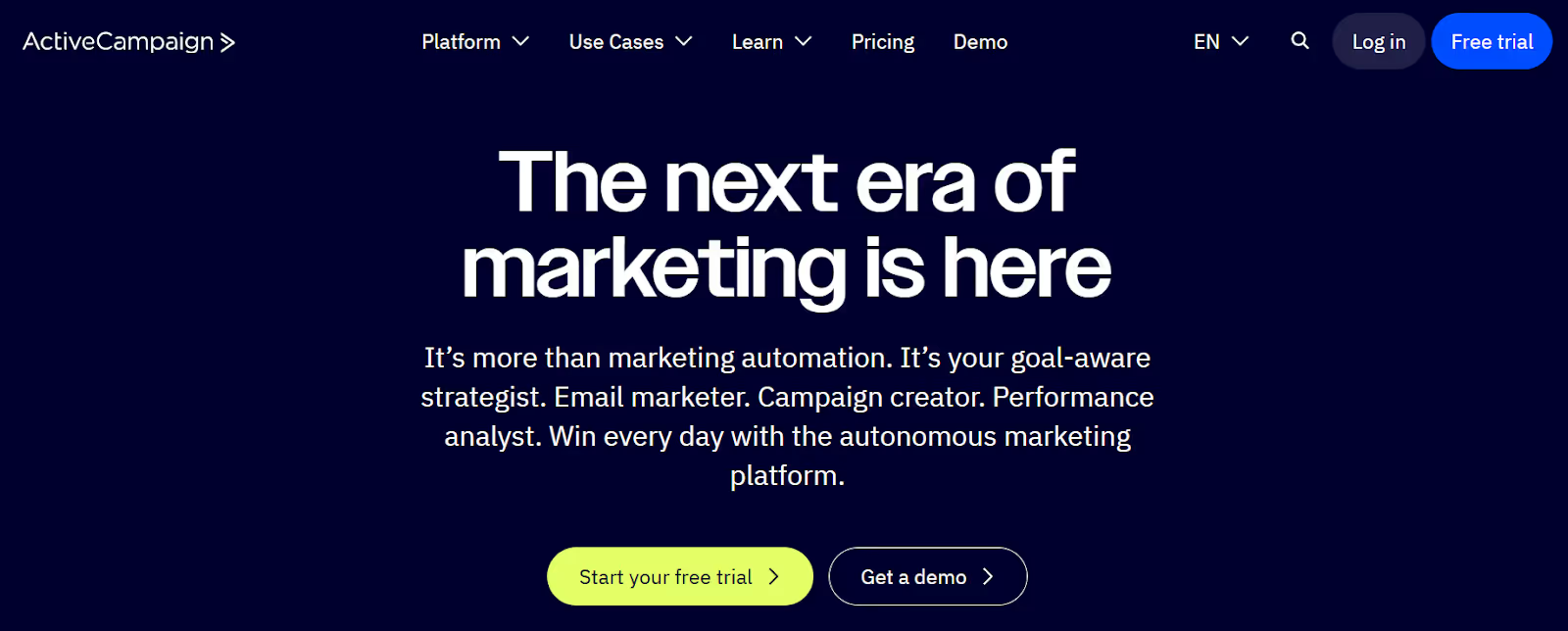
ActiveCampaign provides a powerful email automation platform with integrated CRM and sales automation tools. It allows businesses to scale retention efforts by automating personalized follow-ups and customer journeys across multiple channels.
Key Features Include:
- Email Automation: Automates complex email sequences to nurture customer relationships and encourage repeat purchases.
- Sales Automation: Helps businesses create automated sales funnels, ensuring customers are consistently engaged with relevant offers and content.
- CRM & Segmentation: Segment contacts based on behavior and send personalized messages at scale to increase engagement and retention.
ActiveCampaign is ideal for small to medium-sized businesses that need an integrated solution for automating personalized customer retention efforts across email, SMS, and sales channels.
With the right tools in place, the next step is turning them into action. Implementing retention automation effectively requires a clear strategy and structured approach to ensure every touchpoint strengthens customer loyalty. Let’s break down the step-by-step process to make automation work for your business.
How to Implement Retention Automation: Step-by-Step
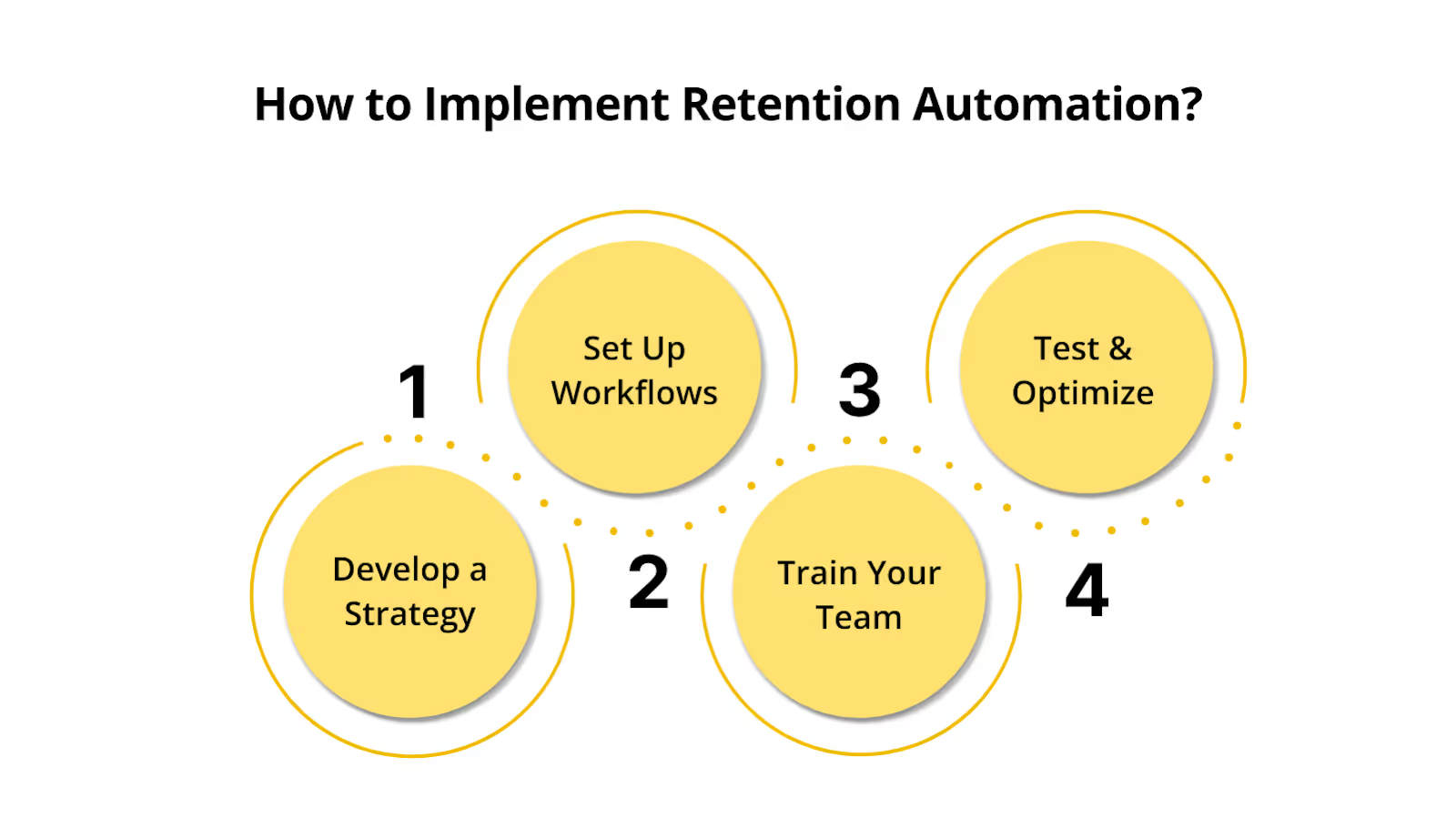
1. Develop a Strategy
To kick off your retention automation, it’s essential to establish clear objectives and choose the tools that align with your business needs.
Here’s what to do:
- Set clear retention goals such as reducing churn or increasing CLV.
- Define KPIs like retention rate or customer lifetime value.
- Segment customers based on behavior, demographics, or lifecycle.
2. Set Up Workflows
Once you have your goals, it's time to map out how automated workflows will engage customers at each touchpoint in their journey.
Here’s what to do:
- Outline the customer journey and highlight the most important interaction points.
- Create automated email, SMS, and push notification flows.
- Set triggers for actions like cart abandonment or loyalty milestones.
- Use segmentation to deliver personalized messages.
- Optimize message timing based on customer behavior.
3. Train Your Team
Effective training is important for getting the most out of your automation tools. Provide your team with the right training and insights to guarantee seamless execution and ongoing optimization.
Here’s what to do:
- Provide tool-specific training for all team members.
- Teach best practices for automation and customer journeys.
- Align teams on retention goals and automation processes.
- Monitor workflows regularly and provide feedback for improvement.
4. Test & Optimize
Retention automation is not a one-time setup. Ongoing testing and fine-tuning help keep your strategies relevant and effective.
Here’s what to do:
- Run A/B tests to refine subject lines, offers, and messaging.
- Keep an eye on important performance numbers, such as how many people open your emails and how many actually take action.
- Analyze data to identify areas for improvement.
- Regularly adjust your workflows by learning from data and user feedback.
Once your retention automation workflows are in place, the next critical step is tracking their performance.
Also Read: A Practical Guide to Effective Customer Retention Management
Measuring Success: Key Metrics for Retention Automation
To ensure the success of your retention automation, tracking key metrics is essential. These metrics provide insights into the effectiveness of your strategy and help you identify areas for improvement:
- Customer Retention Rate: Measure the share of customers who return to buy from you again within a specific period, reflecting your ability to keep customers engaged and loyal.
- Customer Lifetime Value (CLV): Calculate the overall revenue a customer contributes throughout their entire association with your brand, helping assess the long-term value of your customer base.
- Churn Rate: Monitor how many customers leave over a given period, providing an understanding of the effectiveness of your retention efforts in reducing attrition.
- Engagement Metrics: Keep an eye on open rates, click-through rates, and in-app interactions to evaluate how well your automated communications resonate with your audience and drive meaningful actions.
Even with the best tools and metrics, retention automation can come with its share of challenges. Understanding common obstacles and how to overcome them will help you maintain effective, scalable, and results-driven automation.
What are the Solutions to Common Challenges in Retention Automation?
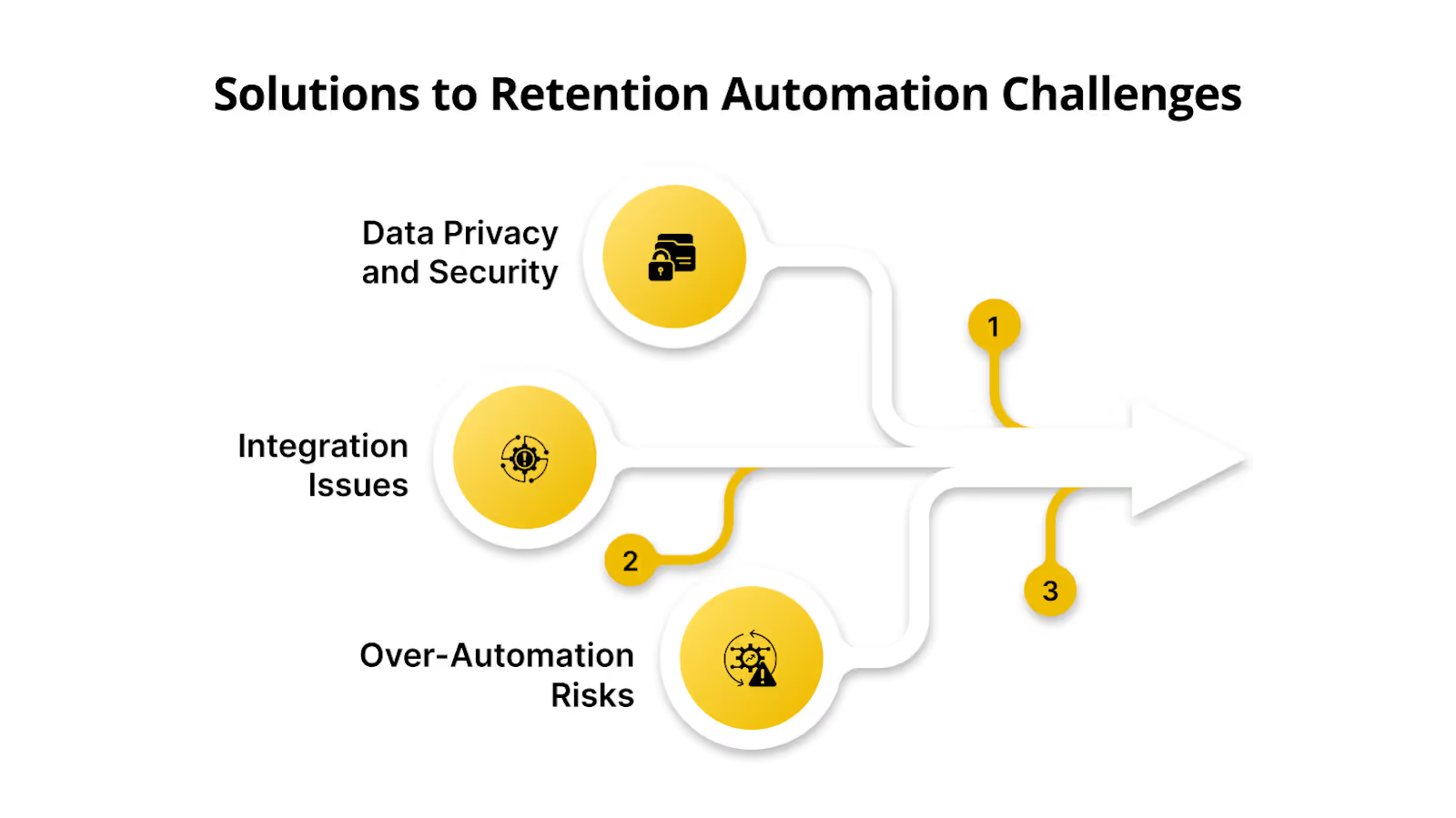
Retention automation tools are super useful, but they’re not always plug-and-play. You might run into hiccups like system integration or data privacy concerns. However, by implementing the right solutions, you can get the issue sorted!
1. Data Privacy and Security
Compliance with regulations like GDPR is essential for retaining customer trust. Choose tools that offer data encryption and secure storage. Regularly audit your processes, have a clear consent management system, and ensure transparency in how customer data is collected and used to build long-term loyalty.
2. Integration Issues
To avoid disruptions, opt for tools with open APIs and seamless integrations into your existing tech stack (CRM, e-commerce platforms, etc.). This ensures smooth data flow and prevents manual errors. Make sure to test integrations thoroughly before full deployment to ensure efficiency and compatibility across systems.
3. Over-Automation Risks
While automation improves efficiency, overdoing it can alienate customers. Avoid automating high-touch interactions and make room for human intervention when needed. Use AI for personalization, but ensure there’s always a clear path to human support if customers seek deeper engagement, keeping your brand experience authentic.
Addressing these challenges ensures your retention automation runs smoothly, protects customer trust, and keeps interactions meaningful. Done right, it becomes a reliable driver of long-term loyalty.

Wrapping Up
Today, retention automation is the cornerstone of long-term profitability and customer loyalty. By using tools that integrate personalized engagement, predictive analytics, and loyalty program automation, businesses can not only reduce churn but also foster deeper emotional connections with customers, turning them into lifelong advocates.
With Nector's cutting-edge automation platform, you gain the power to seamlessly drive customer retention at scale, with approaches designed to strengthen your revenue impact. Book a demo today to avail the potential of true retention automation and elevate your customer experience to the next level.
FAQs
Can automation boost customer retention?
Yes, automation streamlines personalized communication, enhances customer experience, and ensures timely engagement, significantly reducing churn and increasing retention by delivering relevant, targeted content at scale.
Is retention part of CRM?
Yes, customer retention is a core component of CRM. It focuses on managing and nurturing long-term relationships, tracking customer data, and leveraging insights to create personalized engagement strategies that drive loyalty.
How can customer retention management software improve your client relationships?
Customer retention management software automates personalized communications, tracks engagement, and analyzes behavior, enabling businesses to proactively address customer needs, enhance loyalty, and build stronger, more consistent relationships over time.
How can AI help with customer engagement and retention?
AI analyzes customer behavior, predicts churn, and automates personalized content delivery, ensuring timely engagement with relevant offers or reminders. This boosts customer satisfaction and loyalty by offering personalized experiences at scale.
Start Building Customer Retention That Lasts




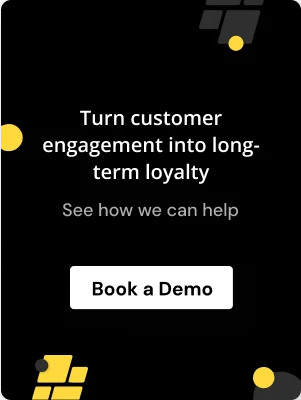
_1_11zon.avif)



